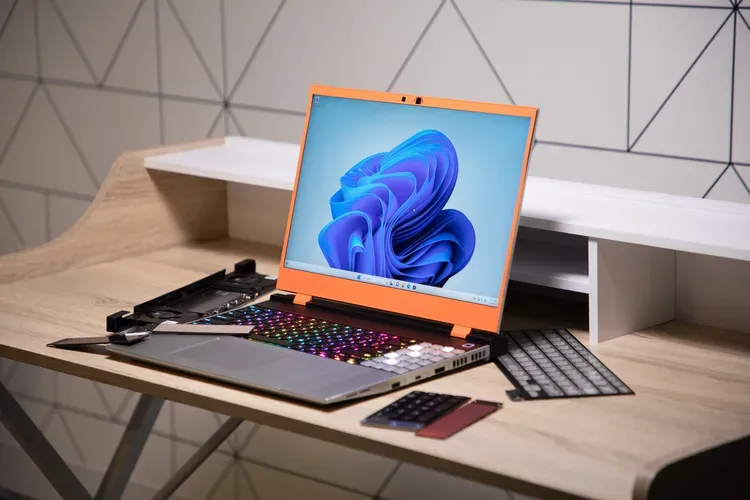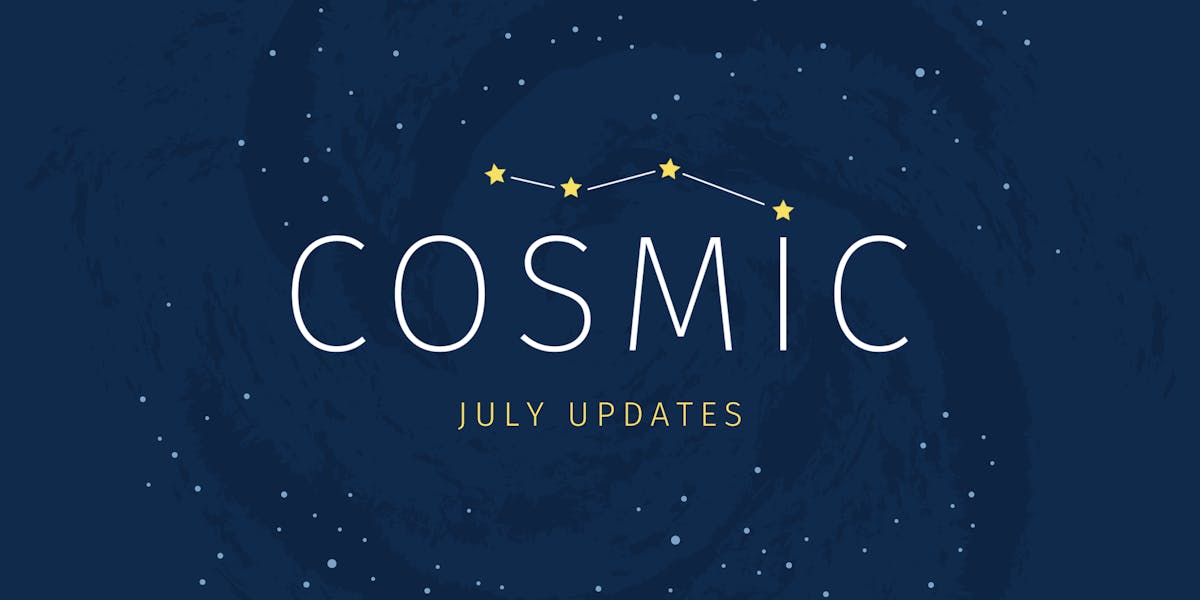Framework 16" laptop, COSMIC update, and more!

Framework opens 16" pre-orders, immediately sold out

The 16" Framework laptop is quite impressive (and I'm not sponsored to say that!). As soon as pre-orders opened, The Verge published an article - link below - that showcases the device's modular features; on top of those, you can plug in (and out) an entire GPU.
/cdn.vox-cdn.com/uploads/chorus_asset/file/24793794/1Z8A9937.jpg)
The device isn't cheap. The DIY edition (which you must build by yourself, and comes with no OS) starts at $1,399, and the pre-built version is $300 more expensive. This did not matter: as soon as it was available to pre-order, so many people tuned in that the entire website crashed. The number of requests exceeded Framework's most optimistic predictions, and all the first four batches (covering 2023 shipments) sold out in just a couple of hours.
If you've been out of the loop, I feel like I should quickly mention the core specs of the device: it has a 16" 165hz 2560x1600 display, 85Wh battery, quad speakers, a 1080p webcam, a fingerprint reader, and hardware privacy switches. This is hardly a helpful description of the device, though: so much more can be said as soon as you mention modularity, but I'll leave that to The Verge. Also, you can check out the Framework store page:

Another great round of COSMIC improvements

New month, new COSMIC improvements! Let's see what's new. Firstly, there's now a (new localized!) shortcut hint whilst resizing a window with the keyboard; also, all other tiled windows will resize accordingly to preserve the layout.
The mockups for the wallpaper settings page have been implemented, as you can see above. This includes: the ability to cycle wallpapers in a slideshow, set a global/per-display wallpaper, scaling options (we'll get back to these), and a preview window (I'm not sure how useful that one is since all changes apply instantly).
Ah, about fractional scaling: you now have that! The blog post says "fractional scaling functionality was implemented into COSMIC DE", which - I assume - means real fractional scaling, not the 2x-render-and-downscaling that GNOME does.
Finally, there's now an in-progress notification daemon that works quite similarly to KDE Plasma's: applications push notifications, and the various applets can fetch them and display them. If you'd like a more in-depth explanation, or to learn more about COSMIC, check it out here:

A turning point in Open Source Large Language Models
A lot of the open-source language models that have surfaced recently rely heavily on 'Llama', which was released publicly by Meta few months ago. Or I should say, kind-of publicly. To access the model you had to ask Meta for it, and it was mostly granted to university accounts and such.
However, it was really easy to find torrent links to the weights, which is what really drove the open-source innovation forward. Of course, this is a bit of an issue as soon as you actually want to use these models for e.g. commercial purposes, since that's disallowed by Meta.
This changes today. A new version of Llama has been published, and Meta has decided to make it freely available for commercial and research purposes. The new model should be significantly better compared to the previous one, and should be able to compete with GPT4.
This might be a turning point in language models.
We now have a freely available, open source, powerful option; and, if Llama1 has taught us anything, the community will be eager to build and improve on it. We really should keep a close eye on it.
/cdn.vox-cdn.com/uploads/chorus_asset/file/13292775/acastro_181017_1777_brain_ai_0003.jpg)
KDE is in the middle of Akademy

So, uh, what's "Akademy"? Well, KDE hosts a yearly one-week-long conference. The first two days are full of talks about various topics covering KDE technologies and Open Source in general; during the following five days developers and contributors discuss the path forward for the project. This year, Akademy is held in Thessaloniki, Greece.
On a more personal note, I'm currently attending Akademy myself! The only picture I have handy - see above - is of me, talking about Plasma 6 features. Hi!
It's hard to summarize all of the talks I've seen in the past few days, but let me mention some cool stuff.
Firstly, there is one topic that has three great benefits: Selenium! Basically, Selenium allows us to script actions to be taken automatically on KDE software. Obviously, this is great for testing: you create tasks and check that everything went correctly. Even better: Selenium works through the Accessibility API, meaning that more testing will also lead to better accessibility. Finally, this allows us to make an energy measuring lab, where we check the environmental impact of our software.
This latter topic, measuring energy impact, has been discussed quite a lot in its own talk. Another big thing, obviously, is Plasma 6. The release target is "end of year", which might easily mean January/February depending on how many technical issues arise.
The new features, redesigns, and user-facing changes of Plasma 6 (so far) have been summarized in their own talk. Very quickly: there's a completely redesigned overview, new panel settings, a new task switcher, a new icon set for Dolphin, a new sound theme, and much much more.
You can find out more about Akademy and watch the talks from this weekend here:

AlmaLinux drops bug-to-bug RHEL compatibility
If this comes as a surprise, I'd suggest checking out the past couple of newsletter: it's exactly what Red Hat was trying to do, by making RHEL source code much harder to use for these projects. The exact quote from AlmaLinux is:
After much discussion, the AlmaLinux OS Foundation board today has decided to drop the aim to be 1:1 with RHEL. AlmaLinux OS will instead aim to be Application Binary Interface (ABI) compatible.
What does this mean for a typical user:
this will mean very little change in your use of AlmaLinux. Red Hat-compatible applications will still be able to run on AlmaLinux OS, and your installs of AlmaLinux will continue to receive timely security updates. The most remarkable potential impact of the change is that we will no longer be held to the line of “bug-for-bug compatibility” with Red Hat, and that means that we can now accept bug fixes outside of Red Hat’s release cycle.
This is presented without comment, as I don't have much to add myself; it will be interesting to follow how the project will grow from now on, considering that bug-to-bug compatibility was one of the main selling points of the distribution.




Comments ()